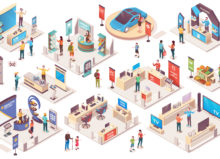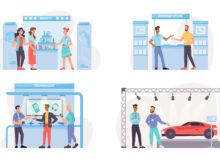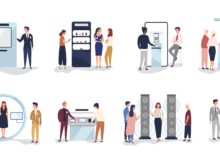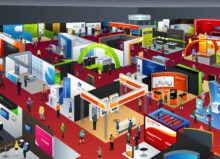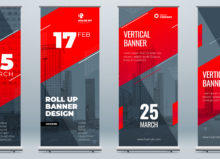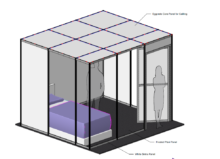Intellectual Property: Why it matters to the trade show industry

Type anything your heart desires into a search bar using any popular search engine, and in less than one second, you are taken to a database with a seemingly infinite amount of results from all over the world that are connected to the topic you searched for.
If you click on any of the result options, more than likely you will run into one of – or any variation of – the following examples:
“Images may be subject to copyright”
© 2016 John Doe All Rights Reserved
“This website and its original content, features, and functionality are owned by John Doe and are protected by international copyright, trademark, patent, trade secret, and other intellectual property or proprietary rights laws.”
Patents, trademarks, copyrights – these are all examples of intellectual property.
—
According to the World Intellectual Property Organization:
“Intellectual property (IP) refers to creations of the mind, such as inventions; literary and artistic works; designs; and symbols, names and images used in commerce.”
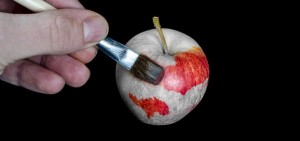
Intellectual Property is protected in law through patents, trademarks, copyrights, etc.
In the world of graphic design – including exhibit design – this means that any rendering, mock-up or sketch stays the designer’s property. Any likeness used to propose designs by a second-party is considered illegal.
The IP laws acknowledge that intellectual property has monetary value. When considering the intangible assets in creating something out of nothing, one can make the comparison and get a basic understanding as to why stealing someone’s intellectual property is illegal.
—
Okay, so the legal jargon can get a little overwhelming. Let’s break it down:
What exactly are these “Intangible Assets” in graphic and exhibit design?
[su_row][su_column]EXPERIENCE
This should go without saying, but a graphic designer brings their expertise to a designing project. Expertise doesn’t come just with professional experience; it comes from a lifetime of experience. An accomplished graphic designer is an artist and has learned over the years how to effectively coordinate art in different ways for different functions. [/su_column][su_column]
EDUCATION
Any creative profession will require some education, whether it’s a $50,000 arts degree, informal training or an apprenticeship. When you try to value a creative work, consider the time and effort the designer has taken to learn and master their craft.[/su_column][/su_row] [su_row][su_column]
CAPITAL & INVESTMENT
Good designers must invest in expensive software and hardware, not to mention resources such as fonts. Some typefaces can be expensive. Also, continuing upgrades of software and hardware are necessary for the professional graphic designer. [/su_column][su_column]
TIME & EFFORT
Just like any kind of work, graphic designing takes time and effort. When you consider time, you can’t consider just the time to actually work on layouts and design. You have to consider planning, brainstorming, talking to clients and making revisions. This is all quantifiable as time expenditures. [/su_column][/su_row]
—
There is incredible value to the creative arts in all sectors of business.
Let’s not forget how valuable it is to the creators, as well.
Happy exhibiting, friends!




